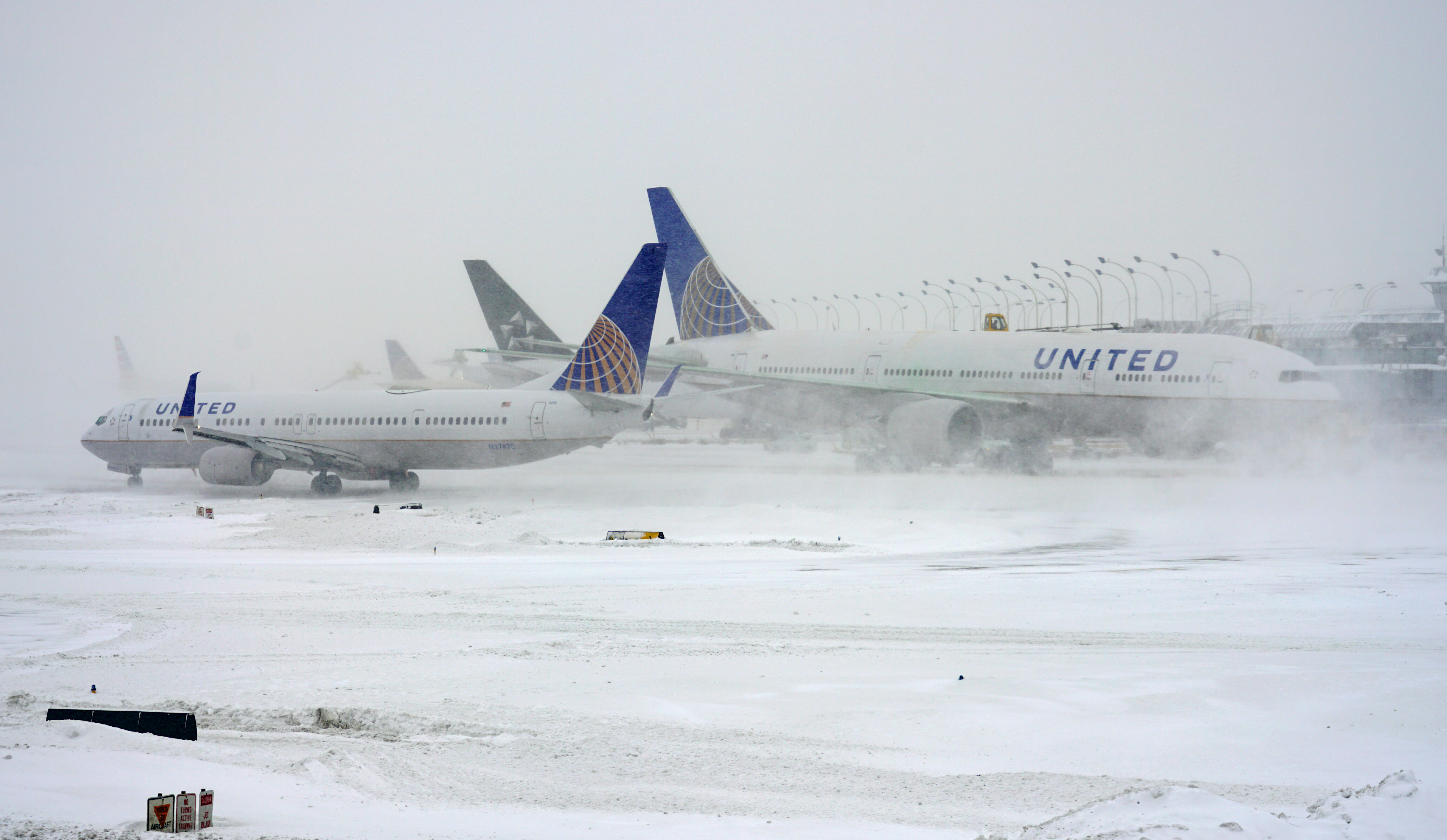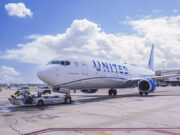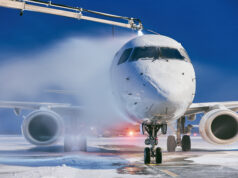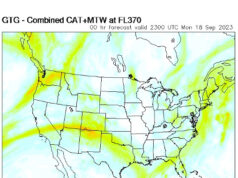 Imagine this: You're pushing back from the gate. ATIS reports calm wind, 20 miles visibility and a scattered mid-level deck. After the push, ground crew disconnects and salutes, you commence your journey by heading out to the active. You might even be airborne in less than ten minutes. Then it hits. Tower comes out with a special:Winds NW 25, gusting 42. Visibility one SM SN BR. Ceiling 500 indefinite. LLWS alerts. The last arrival just reported +/- 20 knots.Great!
Imagine this: You're pushing back from the gate. ATIS reports calm wind, 20 miles visibility and a scattered mid-level deck. After the push, ground crew disconnects and salutes, you commence your journey by heading out to the active. You might even be airborne in less than ten minutes. Then it hits. Tower comes out with a special:Winds NW 25, gusting 42. Visibility one SM SN BR. Ceiling 500 indefinite. LLWS alerts. The last arrival just reported +/- 20 knots.Great!
Why is it ok to take off or land in the face of this weather during a cold time of year? A squall is a squall, any time of year. By its nature, a snow squall is convective and presents many of the same hazards as a warm season convective squall. The only differentiation is if it is or is not producing snow. Also, the vertical extent of a snow squall is not what a thunderstorm can muster, but it still can be hazardous for takeoffs and landings. Wind shear is wind shear. Another way to look at it — a snow squall would be a thunderstorm any other time of year.
My reason for describing this scenario and squalls is not to suggest you shouldn't takeoff (or land) but rather to lend a new perspective on what we've all been doing for a long time. I'm asking you to consider if 15-20 minutes is worth your consideration. The real point to my diatribe is this: Regardless of technical differences between squalls, our ability to operate in seriously and rapidly deteriorating weather is significantly hindered. We'd be wise to know what we're doing.
THE NTSB MIGHT HAVE A SAY
What if you did decide to launch and something unpleasant were to happen? What would your rationale for departing be when asked by the safety board? Maybe if you had waited 15 minutes, you wouldn't be before this NTSB board explaining your decisions. Do you really think they won’t ask this?
To be clear, I am not suggesting that you do not takeoff or land in these kinds of scenarios. I am just asking that you consider the perspective that I am sharing with you. What if? Waiting 15 minutes is nothing compared to the time a safety review will take.Does your FOM offer guidance on departing or landing in wind shear? Does it differentiate between wind shear in the summer versus winter? These are the questions to ask and seek answers.
SNOW SQUALL
We certainly avoid summer squalls, so why not winter? All squalls are convective in nature. By definition, a squall is a sudden worsening of the weather, often in terms of visibility, precipitation, wind speed and direction. This is true regardless of the season. A sudden uptick in weather hazards can spur the granddaddy hazard of all – wind shear. Throw in all the hazards accentuated by the cold season and there you have it – a dangerous situation!
The definition of a squall has nothing to do with thunderstorms. Thunderstorms are simply implied producers of squalls. Squalls can happen any time of year. For some reason, it's customary to go in the absence of thunderstorms. Maybe this shouldn't be customary.
WAIT A MINUTE … OR 15!
Generally, squalls move quickly, so why operate close to the ground in the face of one during the winter when all you have to do is wait 15 minutes? All these years we've been de-icing, taking off and landing in very challenging conditions when, at the end of the day, waiting 15 minutes or so, would usually negate the whole experience.
Last month, I championed the merits of checking the weather. Again, I'll do the same. By taking one look at the weather, and specifically the radar, you could avoid a very challenging aircraft operation by letting the snow squall (i.e. convective band) pass through. What's the difference between +/- 25 knots of wind shear in November than in August? If you ask me, not much. Maybe I’d let it blow through. Would you?






















































